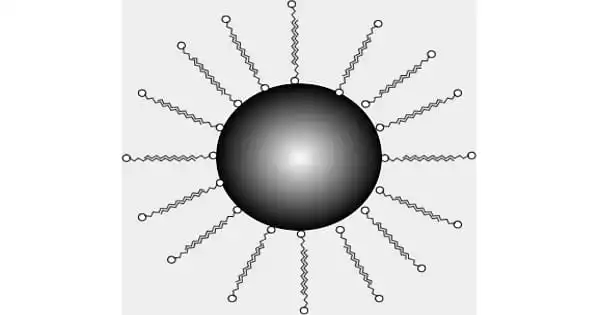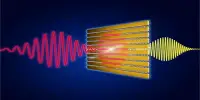Metal dichalcogenides (MDCs) are a class of materials that belong to the wider group of transition metal dichalcogenides (TMDs). These materials consist of a transition metal atom (often from groups 4-7 of the periodic table) that is sandwiched between two layers of chalcogen atoms (such as sulfur, selenium, or tellurium).
An essential component of nanophotonics is the interaction of light and matter at the nanoscale. Scientists can manipulate and improve electromagnetic energy at volumes smaller than the wavelength of the incident light thanks to resonant nanosystems.
They not only make it possible to capture sunlight much more efficiently, but they also make it possible to guide optical waves more effectively and control emissions. Polaritons, which are hybridized photonic and electronic states created by the strong coupling of light with electronic excitation in solid-state materials, can display intriguing features including Bose-Einstein condensation and superfluidity.
MDCs have garnered significant attention due to their unique electronic, optical, and mechanical properties, making them promising candidates for various applications, including electronics, optoelectronics, catalysis, and energy storage.
The connection of light and matter on the nanoscale has advanced, according to a recent study that was published in the journal Nature Materials. Researchers led by LMU physicist Dr. Andreas Tittl have developed a metasurface that enables strong coupling effects between light and transition metal dichalcogenides (TMDCs).
This novel platform is based on photonic bound states in the continuum, so-called BICs, in nanostructured tungsten disulfide (WS2).
Research into polaritonic applications can now take use of the simultaneous use of WS2 as a foundation material for creating metasurfaces with acute resonances and as a coupling partner supporting the active material excitation.
Controlling the coupling strength, which is unaffected by material losses, is a significant advancement in this research. The metasurface platform can provide fundamental insights and useful device concepts for polaritonic applications because it can easily integrate other TMDCs or excitonic materials.
A foundation for applications in photocatalytic enhancement, quantum computing, and programmable low-threshold semiconductor lasers is also provided by the newly established metasurface concept.















